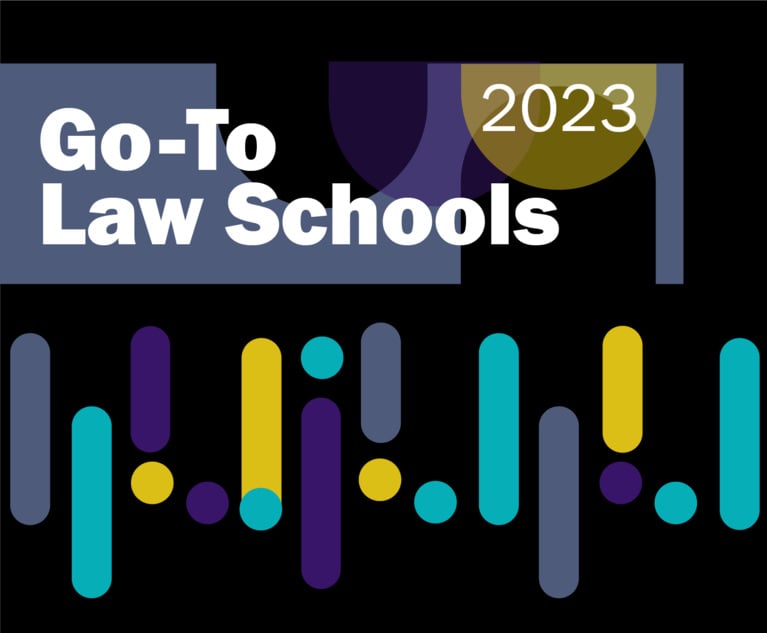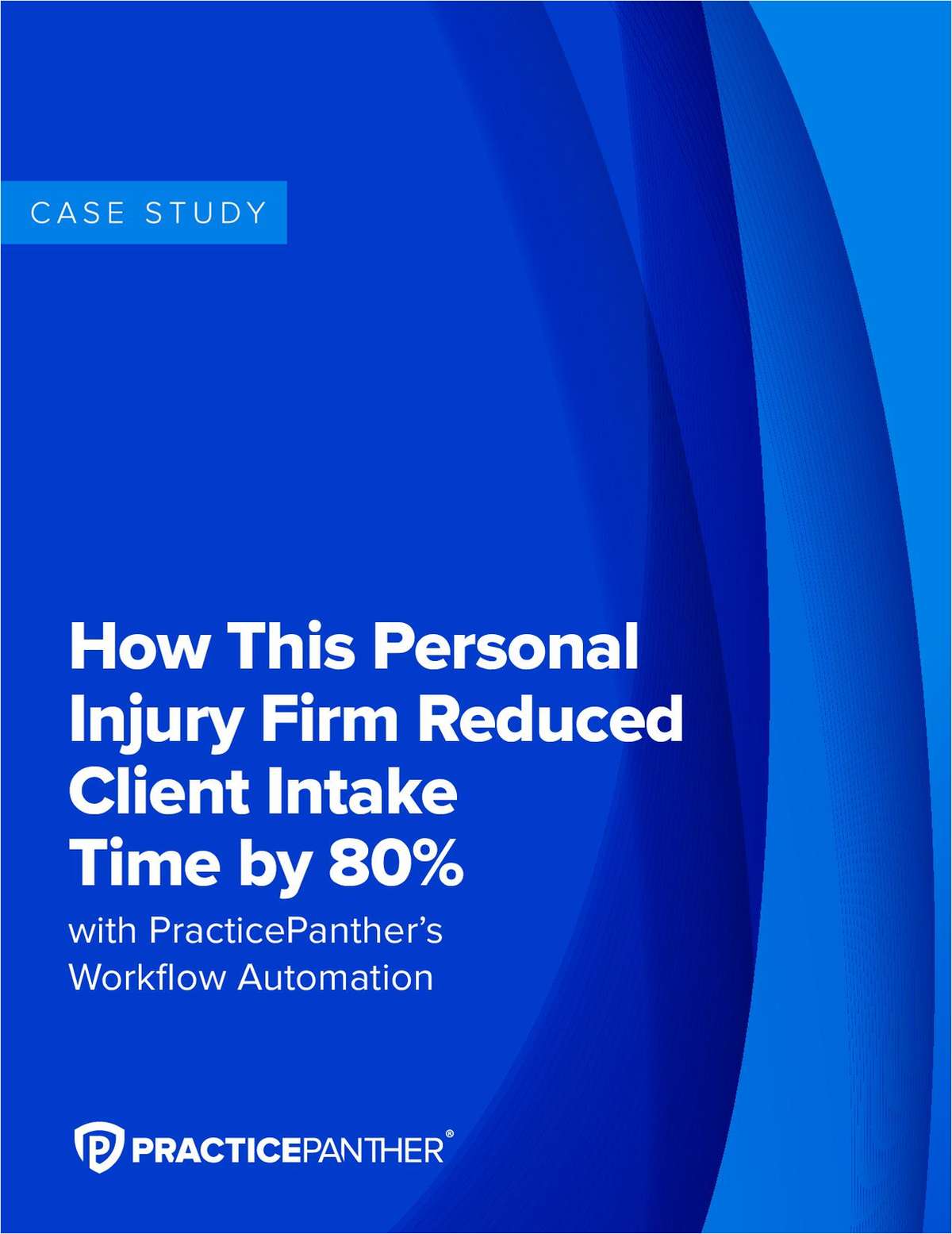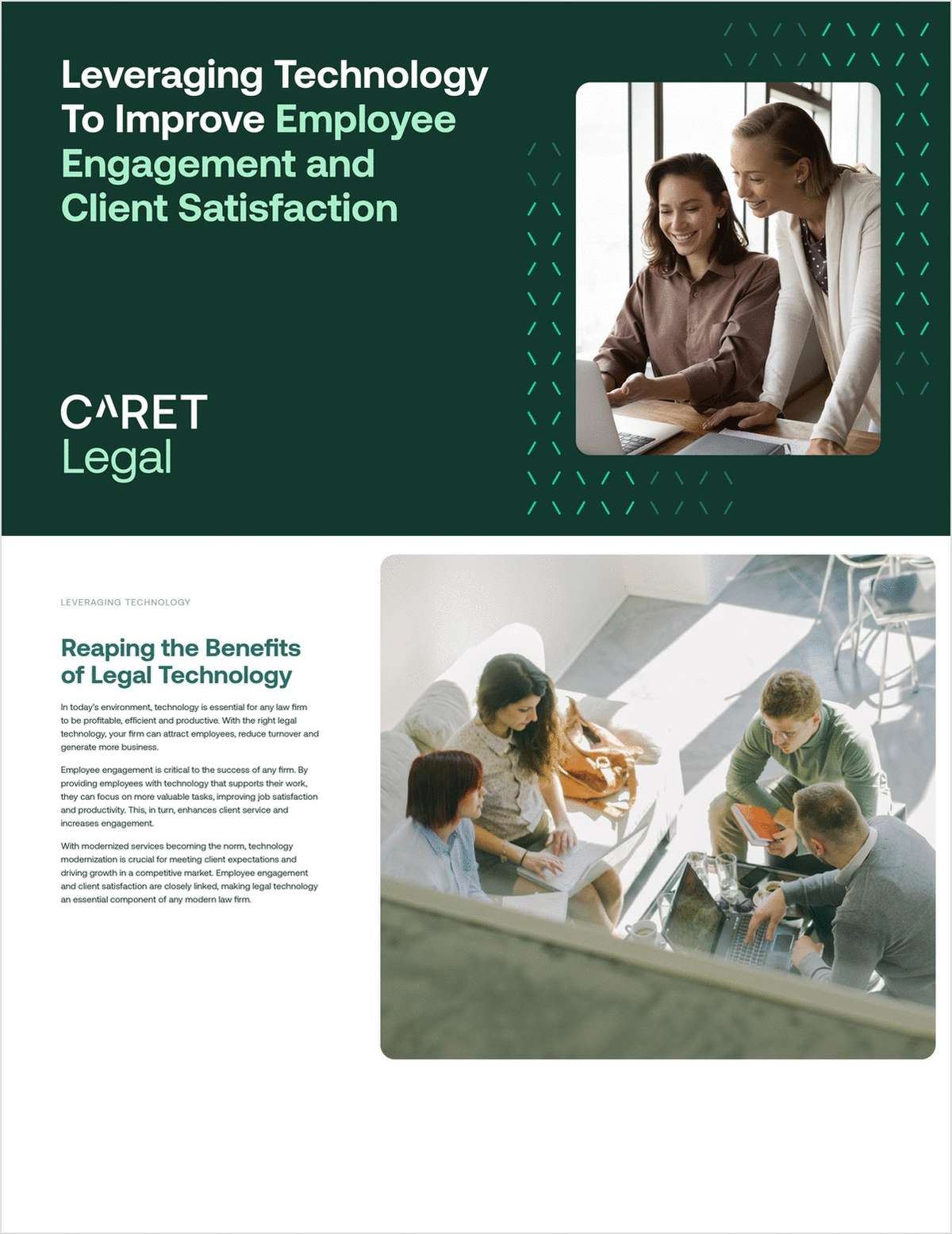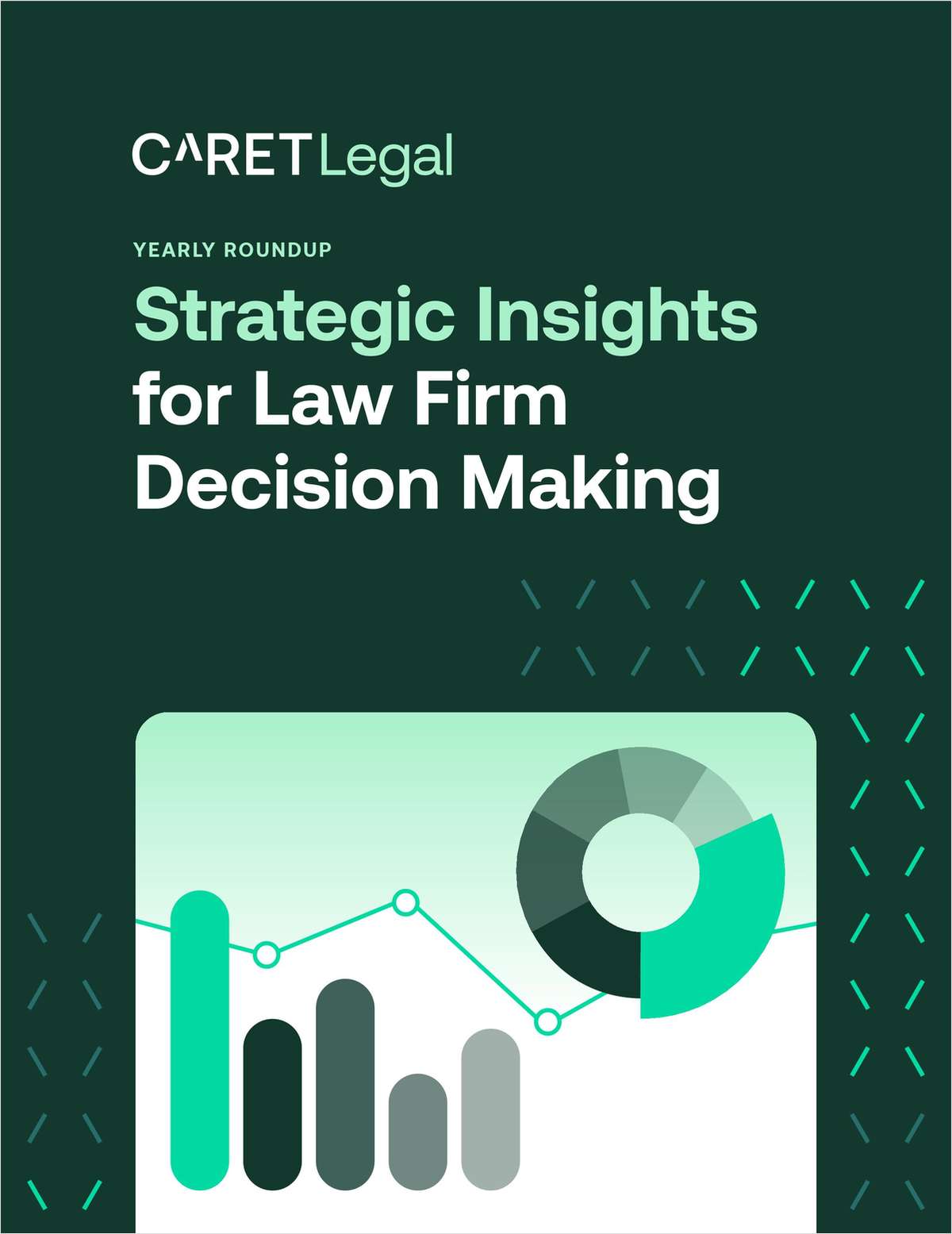SCOTUS Clerks: The Law School Pipeline
When it comes to Supreme Court law clerks, it's Harvard and Yale—and then everyone else. This chart ranks the top 15 law school feeders from 2005 to 2017. Go deeper for a justice-by-justice view.
December 11, 2017 at 06:11 PM
2 minute read
Harvard and Yale law schools cast a long shadow over clerk hiring by the Supreme Court justices—and it's growing longer.
Based on the National Law Journal's analysis of clerk hires from 2005 to 2017, 50 percent of all Supreme Court law clerks in the past 13 years graduated from either Harvard or Yale, compared to 40 percent in a similar study 20 years ago.
Exclusive Report: SCOTUS ClerksThis article is part of a series examining the professional pathways and diversity of Supreme Court law clerks.• A Look Inside the Elite World of Supreme Court Law ClerksWhile alumni and professors of No. 3 Stanford University are quick to point out that Harvard's law school has about three times as many students as Stanford, by the numbers, it's still Harvard, Yale and then everyone else.
“Some of the justices don't interview or even consider students from other schools, or don't take those students seriously even when they come from the same feeder judges, and have perfect credentials,” said Micah Schwartzman, who heads the clerkship committee for University of Virginia School of Law.
Harvard law professor Richard Lazarus insists there's a reason for Harvard's dominance: ”The students who get into this place are extraordinarily gifted. They are gifted academically. They are gifted in life experiences. That doesn't mean that there aren't students at other schools who are as good as the Harvard and Yale students. There are. But the concentration we have here is, I think, unparalleled.”
This chart ranks the top 15 law school feeders from 2005 to 2017. In the second view, drill down justice-by-justice using the legend. (Colors can be turned on or off by clicking.)
Infogram
Karen Sloan and Ross Todd contributed to this reporting. Infographic by David Palmer.
This content has been archived. It is available through our partners, LexisNexis® and Bloomberg Law.
To view this content, please continue to their sites.
Not a Lexis Subscriber?
Subscribe Now
Not a Bloomberg Law Subscriber?
Subscribe Now
NOT FOR REPRINT
© 2025 ALM Global, LLC, All Rights Reserved. Request academic re-use from www.copyright.com. All other uses, submit a request to [email protected]. For more information visit Asset & Logo Licensing.
You Might Like
View All
Security and Overreliance: Attorney Addresses Generative AI Concerns for Legal Industry
1 minute read
Surge in 'Citizen Suits' Target Alleged Industrial Polluters in Southern California
3 minute read
Trending Stories
- 1Courts, Lawyers Press On With Business as SoCal Wildfires Rage
- 2Florida, a Political Epicenter, Is the Site of Brownstein Hyatt's 13th Office
- 3Law Firms Close Southern California Offices Amid Devastating Wildfires
- 4Lawsuit alleges racial and gender discrimination led to an Air Force contractor's death at California airfield
- 5Holland & Knight Picks Up 8 Private Wealth Lawyers in Los Angeles
Who Got The Work
Michael G. Bongiorno, Andrew Scott Dulberg and Elizabeth E. Driscoll from Wilmer Cutler Pickering Hale and Dorr have stepped in to represent Symbotic Inc., an A.I.-enabled technology platform that focuses on increasing supply chain efficiency, and other defendants in a pending shareholder derivative lawsuit. The case, filed Oct. 2 in Massachusetts District Court by the Brown Law Firm on behalf of Stephen Austen, accuses certain officers and directors of misleading investors in regard to Symbotic's potential for margin growth by failing to disclose that the company was not equipped to timely deploy its systems or manage expenses through project delays. The case, assigned to U.S. District Judge Nathaniel M. Gorton, is 1:24-cv-12522, Austen v. Cohen et al.
Who Got The Work
Edmund Polubinski and Marie Killmond of Davis Polk & Wardwell have entered appearances for data platform software development company MongoDB and other defendants in a pending shareholder derivative lawsuit. The action, filed Oct. 7 in New York Southern District Court by the Brown Law Firm, accuses the company's directors and/or officers of falsely expressing confidence in the company’s restructuring of its sales incentive plan and downplaying the severity of decreases in its upfront commitments. The case is 1:24-cv-07594, Roy v. Ittycheria et al.
Who Got The Work
Amy O. Bruchs and Kurt F. Ellison of Michael Best & Friedrich have entered appearances for Epic Systems Corp. in a pending employment discrimination lawsuit. The suit was filed Sept. 7 in Wisconsin Western District Court by Levine Eisberner LLC and Siri & Glimstad on behalf of a project manager who claims that he was wrongfully terminated after applying for a religious exemption to the defendant's COVID-19 vaccine mandate. The case, assigned to U.S. Magistrate Judge Anita Marie Boor, is 3:24-cv-00630, Secker, Nathan v. Epic Systems Corporation.
Who Got The Work
David X. Sullivan, Thomas J. Finn and Gregory A. Hall from McCarter & English have entered appearances for Sunrun Installation Services in a pending civil rights lawsuit. The complaint was filed Sept. 4 in Connecticut District Court by attorney Robert M. Berke on behalf of former employee George Edward Steins, who was arrested and charged with employing an unregistered home improvement salesperson. The complaint alleges that had Sunrun informed the Connecticut Department of Consumer Protection that the plaintiff's employment had ended in 2017 and that he no longer held Sunrun's home improvement contractor license, he would not have been hit with charges, which were dismissed in May 2024. The case, assigned to U.S. District Judge Jeffrey A. Meyer, is 3:24-cv-01423, Steins v. Sunrun, Inc. et al.
Who Got The Work
Greenberg Traurig shareholder Joshua L. Raskin has entered an appearance for boohoo.com UK Ltd. in a pending patent infringement lawsuit. The suit, filed Sept. 3 in Texas Eastern District Court by Rozier Hardt McDonough on behalf of Alto Dynamics, asserts five patents related to an online shopping platform. The case, assigned to U.S. District Judge Rodney Gilstrap, is 2:24-cv-00719, Alto Dynamics, LLC v. boohoo.com UK Limited.
Featured Firms
Law Offices of Gary Martin Hays & Associates, P.C.
(470) 294-1674
Law Offices of Mark E. Salomone
(857) 444-6468
Smith & Hassler
(713) 739-1250











